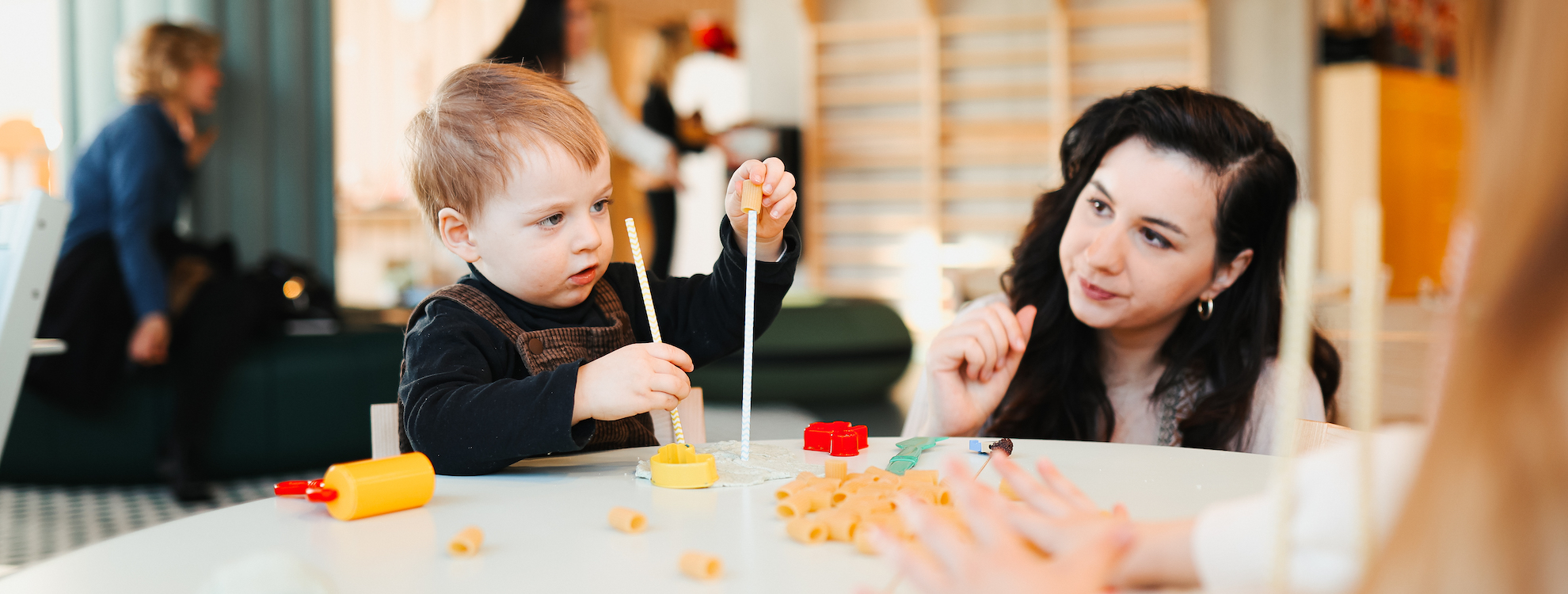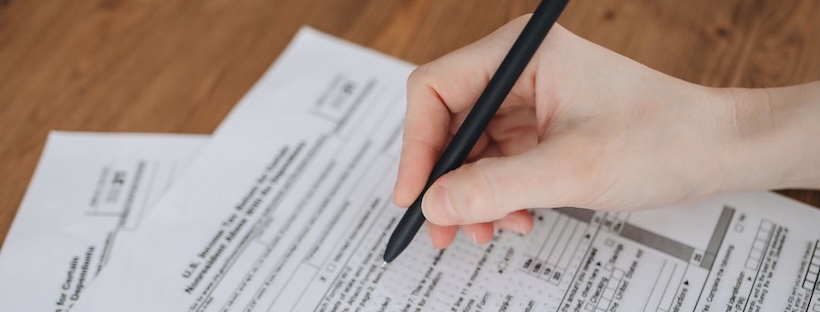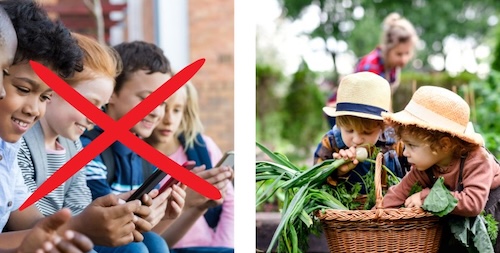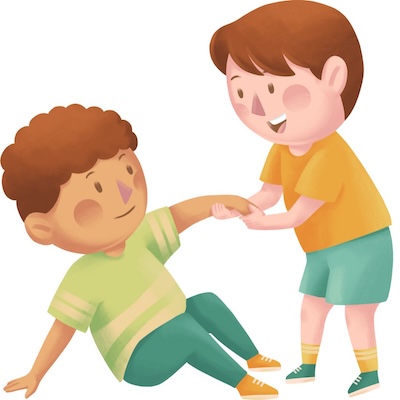In modern preschools, children learn best through playful learning—exploring, imagining, experimenting, and collaborating. Play is not just fun; it is the foundation for developing language, creativity, problem-solving, and social skills.

But here’s the challenge: traditional assessment methods don’t capture the richness of playful learning. End-of-term checklists or exams may show what a child can do at one point in time, but they miss the everyday progress and joyful discoveries happening in your classroom.
This is where formative assessment comes in. By observing and documenting learning as it happens, teachers can better understand each child’s growth, tailor their instruction to meet individual needs, and share meaningful progress with parents.
And with Kindiedays Digi Tools, formative assessment becomes simple, organized, and powerful—supporting teachers in creating evidence of playful learning while building trust with parents and showcasing the quality of your preschool.
Formative vs. Summative Assessment in Preschools
Formative Assessment
- What it is: Continuous assessment that tracks learning during the process, not just at the end.
- How it works in preschools: Teachers observe children during play, story time, or group activities and record notes, photos, or videos. These observations are linked to developmental goals like communication, creativity, or motor skills.
- Why it matters: Development in early childhood is ongoing and non-linear. Formative assessment captures this journey—helping teachers adapt lessons, celebrate small achievements, and encourage each child’s individual growth.
.png)
Summative Assessment
- What it is: An Evaluation that sums up what a child has learned at the end of a unit, term, or milestone.
- How it works in preschools: End-of-term reports, progress charts, or portfolios presented to parents to show overall achievement.
- Why it matters: Summative assessment is used for curriculum reviews, quality checks, and giving parents a snapshot of their child’s overall progress at key points.

.png)

%20(2).png)

